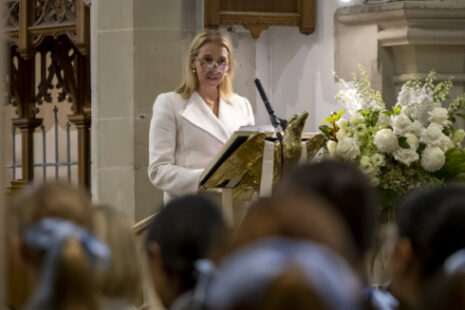Learning in lockdown – teachers as designers
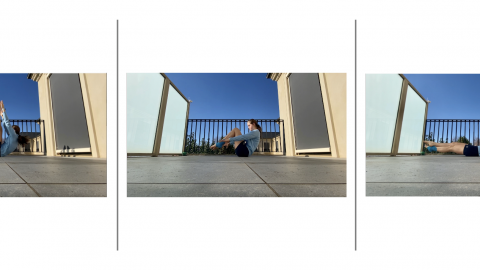
 As educators in Australia return to face-to-face teaching, and schools around the world grapple with new ways of working to provide continuing support to students during the pandemic restrictions, readers have been getting in touch to tell us what’s been happening in their own context. This week, Teacher is sharing some of those stories. In this first instalment, Kristy Forrest – a senior English and Philosophy teacher and instructional coach at St Catherine’s School in Melbourne – discusses how colleagues tackled the design challenges of delivering Geography and PE to students at home.
As educators in Australia return to face-to-face teaching, and schools around the world grapple with new ways of working to provide continuing support to students during the pandemic restrictions, readers have been getting in touch to tell us what’s been happening in their own context. This week, Teacher is sharing some of those stories. In this first instalment, Kristy Forrest – a senior English and Philosophy teacher and instructional coach at St Catherine’s School in Melbourne – discusses how colleagues tackled the design challenges of delivering Geography and PE to students at home.
‘Teachers are designers’. The truth of the simple opening sentence of Wiggin and McTighe’s seminal text Understanding by Design (2005) has never been more apparent than during the COVID pandemic and the shift to remote learning.
As noted in their text, the requirement for teachers to craft learning experiences is a mode of thinking analogous to engineering, architecture and graphic design. Design cognition is crucial to teacher expertise, and requires a precise understanding of desired outcomes (as intellectual standards), as well as the ability to construct the means of achieving these standards. Teachers with highly developed design cognition are not just able to construct numerous pathways to a desired outcome, but to recognise opportunities for alternative outcomes as part of the learning experience.
In our school context, the design-thinking of teachers allowed for ‘learning’ (but not school as per normal) to continue during the pandemic.
Designing under COVID-19 conditions
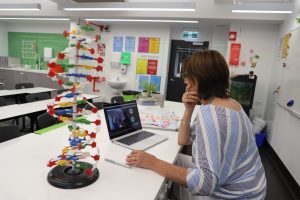 The rapid shift in conditions for learning due to the COVID-19 pandemic is what is referred to in design thinking as a ‘design challenge’. It requires the harnessing of several cognitive skills: analysis and evaluation of the problem, the proposition and clarification of a solution, followed by the evaluation and justification of the proposed solution (Grubbs, 2019). This type of thinking is best practised collaboratively, in recognition of the value of collective cognitive application when solving problems (Ellerton, 2020).
The rapid shift in conditions for learning due to the COVID-19 pandemic is what is referred to in design thinking as a ‘design challenge’. It requires the harnessing of several cognitive skills: analysis and evaluation of the problem, the proposition and clarification of a solution, followed by the evaluation and justification of the proposed solution (Grubbs, 2019). This type of thinking is best practised collaboratively, in recognition of the value of collective cognitive application when solving problems (Ellerton, 2020).
The design-challenge of COVID was multifaceted. It was not simply shifting rapidly to online learning platforms, but negotiating further limitations such as access to technology, ICT proficiency as well as physical restrictions of a lockdown and quarantine.
In addition, the boundaries of the challenge were different for experiential learning. While the academic subjects lend themselves to the remote learning format, in that students can access content online (in written and video form) and then work with the remote guidance of the teacher through a deeper understanding of that content, experiential subjects are severely impacted by a lack of access to learning spaces. If students cannot leave their homes and access the spaces where their hand-on learning experiences take place, then how does the learning happen?
Case studies: On-site cultural learning and PE
My Geography and Physical Education colleagues at St Catherine’s School were faced with this issue at the end of Term 1 after they no longer had access to crucial physical sites for learning. In the case of Geography, the Year 8 trip to Central Australia (with its focus on geographic formations, ecological systems and Indigenous culture) was postponed, while the PE teachers had to operate without access to their conventional learning spaces and equipment.
Year 8 Geography inquiry online task
Design challenge
Develop appreciation of geographic and cultural challenges for Uluru without access to on-site experiences and local Indigenous expertise. While a remote learning task could not seek to replace the qualitative experience of visiting Central Australia, it did provide an opportunity for students to use alternative means to achieve the geographical knowledge and cultural appreciation that was the learning intention of the Year 8 camp.
Online solution
Our team of Geography teachers worked together to re-design their core assessment so that the students could work collaboratively in an online environment, using Microsoft Teams and Schoolbox. Created as an inquiry research task, the teachers designed backwards from the ‘big question’ that would also normally frame the learning before and during the camp: What are the challenges facing Uluru both geographically and culturally?
Harnessing the opportunity of remote learning to enable student collaboration, peer to peer teaching and multiple digital formats for organising and presenting information, the assessment was broken into two parts. Part A, where students completed two research tasks as groups (a presentation and a teaching tool) and Part B, where students constructed notes from the presentations of their peers, before using these notes as the basis for writing an essay in response to the big question.
In Part A, students undertook a research role, in addition to a second specific role as project manager, editor, visual designer or problem solver. The equal division of research meant that students could work collaboratively to reach a mutual understanding on content, while the specified role allowed them to work to their specific strengths and technical capacities.
By constructing Part A in this manner, the Geography team were able to achieve the desired outcomes, and their alternative outcome, which was greater student collaboration and independence, as well as the development of ICT skills through the creation of digital materials.
The inquiry process was conducted online over a three-week period in which teachers were able to assess the students using an online rubric at each stage.
Year 7-10 PE learning at home program
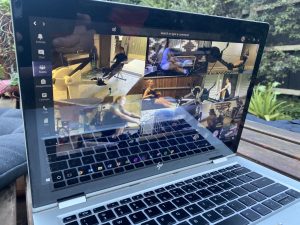 Design challenge
Design challenge
Faced with the situation of having no access to sporting facilities for several weeks, in addition to new circumstances where students would be restricted in their capacity to exercise (plus remaining sedentary for more hours of the day) the PE staff saw quarantine as an opportunity to construct a sustained assessment task that enabled them to offer a more differentiated and individualised experience than would be possible in normal classes.
Online solution
Understanding new physical limitations on student lives, the teachers designed their unit around a core learning intention: To develop and implement strategies that assist you to achieve Australia’s 24-Hour Movement Guidelines.
Using the parameters in the guidelines as their basis, students were then tasked with: 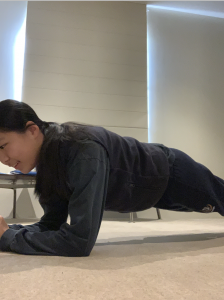
- Developing a seven-minute muscle and bone strengthening workout.
- Developing a 20-minute aerobic workout targeting a particular area of interest.
- Completing a reflective journal of physical activity levels, including explanation of design choices for their programs, justification for their aims of the session with clear links to curriculum.
The classes conducted online were a mix of theory, student practice and reflective writing. The theoretical element was conveyed via online content and teacher instruction, whilst the practical element was student led. Teachers were able to access student writing and thinking through OneNote. Final assessments of the journals and fitness course design were conducted online, using a rubric.
Over the course of several weeks, the PE staff met online to track the progress of each student (and year level) and were able to make changes as necessary. The technology enabled a more individualised approach, and the opportunity for students to integrate theory with practice. Additionally, by redesigning a program in response to the student’s immediate conditions, the tasked served to meet the alternative outcomes of assisting students to care for themselves physically during quarantine.
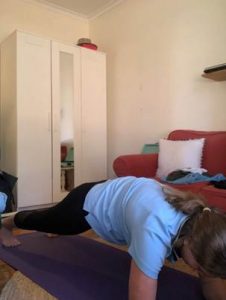
References
Ellerton, P. (2020) Teaching for thinking: a pedagogical schema.
Grubbs, M. E. (2019). Design Cognition: Strategies for Teachers in Practice. In P. Williams & D. Barlex (Eds.), Explorations in Technology Education Research (pp. 193-207). Springer, Singapore.
Wiggins, G. & McTighe, J. (2005) Understanding by Design. ASCD
This article first appeared in Teacher, published by ACER. Reproduced with kind permission. Visit www.teachermagazine.com.au for more.



